One-Week Japan Itinerary that Maximises the JR Pass - Tokyo & Surrounds
First published on TripZilla, in collaboration with Klook.
What’s not to love about Japan? Breathtaking scenery, intricate architecture, polite locals, pristine streets and oh, the food. Don’t even get me started on the food! Yet, no matter how much one can wax lyrical about the place, it’s no secret that transport in Japan, like it or not, will take up the bulk of your holiday expenses. However, one of the best investments you can make for your trip is the Japan Rail (JR) Pass – as unassuming as it may seem, the pass is a total godsend and will also save you tons of money.
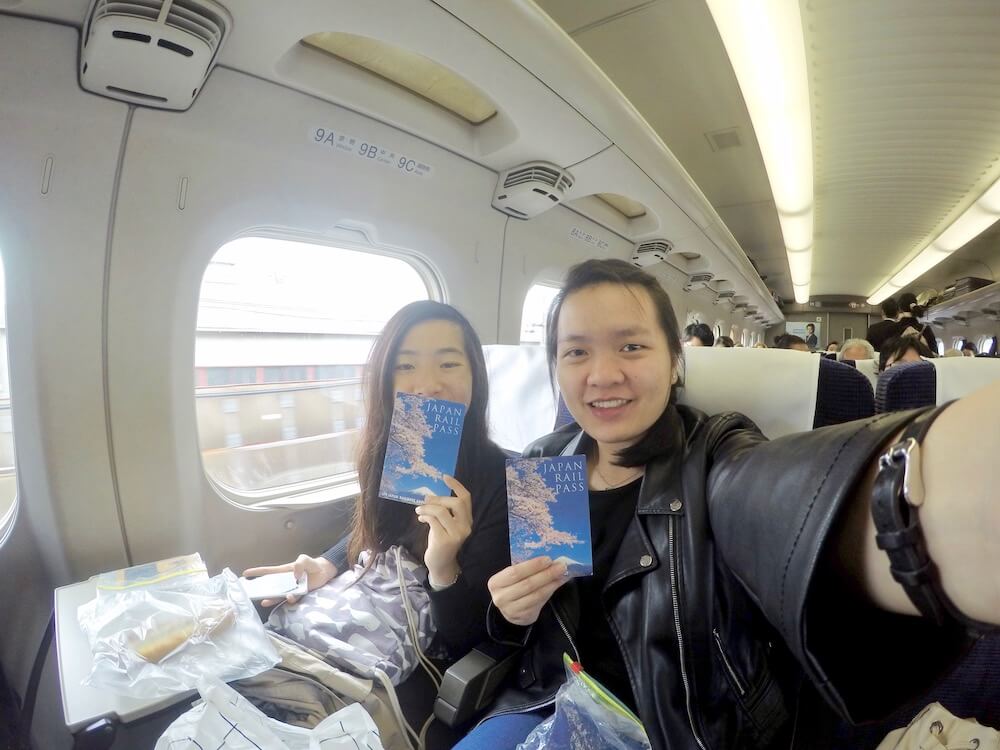
The trick is how to maximise it; the JR Passes are valid for a consecutive number of days, meaning that they’re valid for a 7-, 14- or 21-day period counting from the day that you activate the pass. The JR Pass will allow you unlimited travel, within a specific time frame, on the all shinkansen (Japanese bullet train) except the Nozomi and Mizuho ones, all JR lines, local JR buses, the Tokyo Monorail to/from Haneda Airport, the JR ferry to Miyajima and some non-JR trains that connect you to isolated JR lines. Use Hyperdia to plan your train routes and to see how much each segment costs.
Besides the different durations, there are two types of JR Pass – the Ordinary Car passes and the Green Car passes. The Green Car pass entitles you for travel in the ‘Green Car’, the skinkansen’s version of first-class. The Green Car will not only give you a large seat that can recline forty degrees, it also gives you much more legroom! In addition, you’ll even be able to book private Green compartments on certain limited Express trains should you desire more privacy. The Green Cars are great for when you travel with families, as they’re generally less crowded. Each 7-day Ordinary Car pass and 7-Day Green Car pass costs S$332 and S$460 respectively, so hitting S$750 is really not hard to do. You just have to buy 2 or 3 of each, easy peasy!
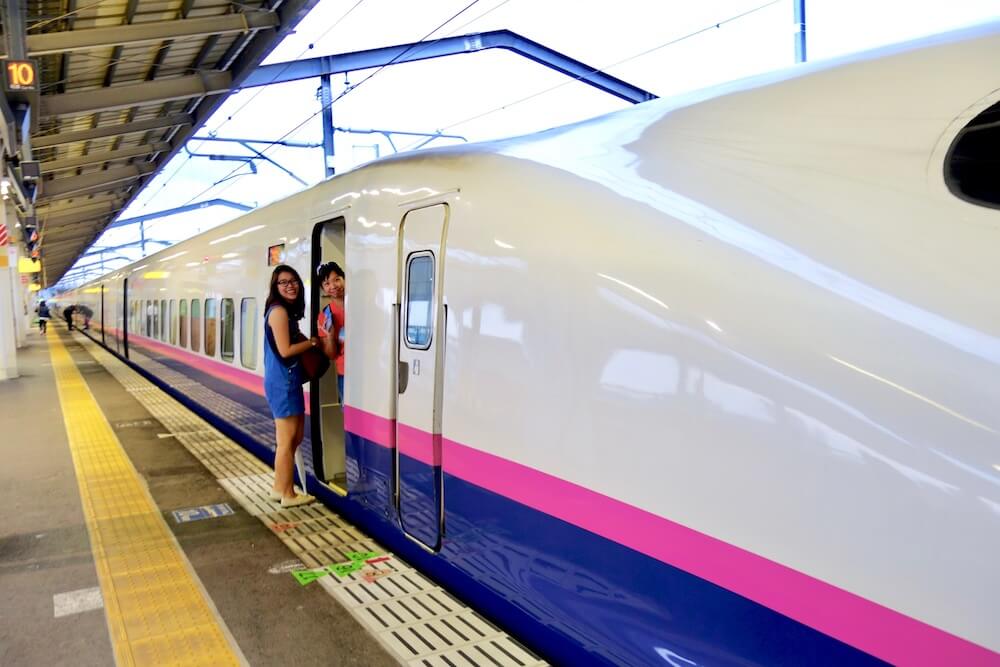
It’s also cheaper to purchase the JR Pass outside of Japan (from vendors such as Klook); all you have to do is to buy a voucher from Singapore and exchange said voucher for the physical pass at any international airport or JR station in Japan.
If you’re unsure of how to even begin planning your holiday, these 4 one-week itineraries departing from the four major Japanese cities – Tokyo, Osaka, Hakata (Fukuoka) and Sapporo – will help you get started. These four cities are great places to kickstart your exploration of the country, and the itineraries are tailored to allow each traveller to see as much as possible.
For convenience sake, each of these itineraries start and end at the same place and all routes are covered by the JR Pass unless otherwise stated.
Day 1 of JR Pass: Narita Airport – Shinjuku
There are multiple ways to get to the city but the Narita Express is the most efficient way to travel from Narita Airport to central Tokyo. We activated our JR Pass at Narita Airport and took the Narita Express to Shinjuku.
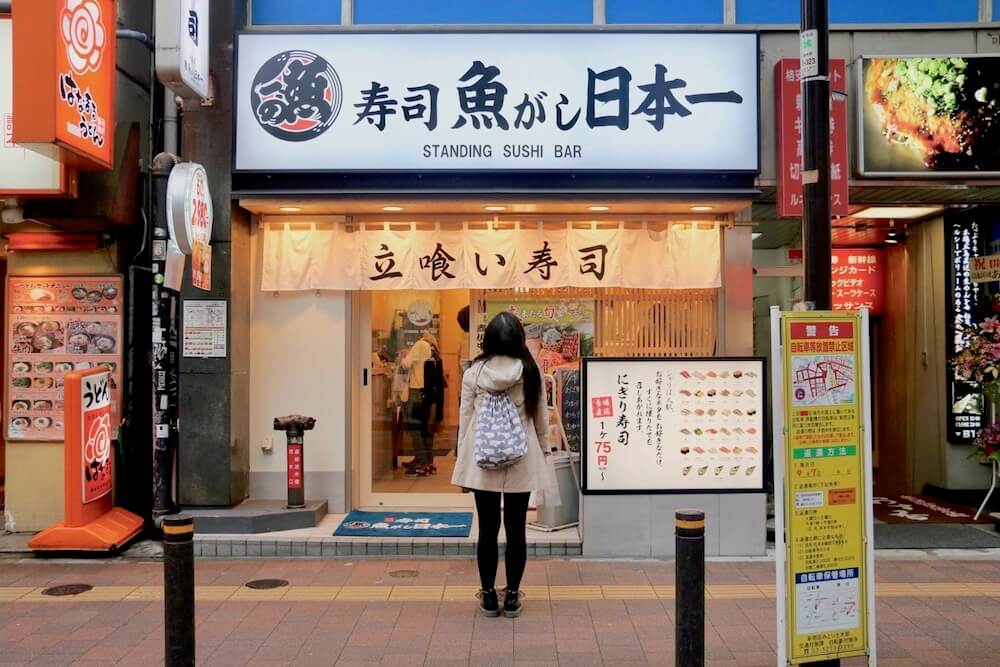
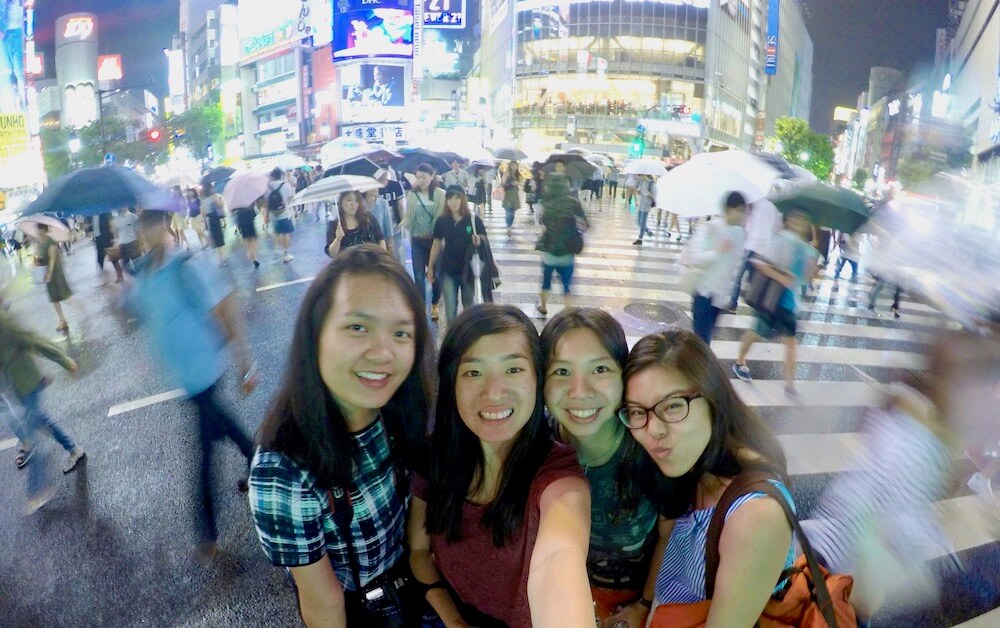
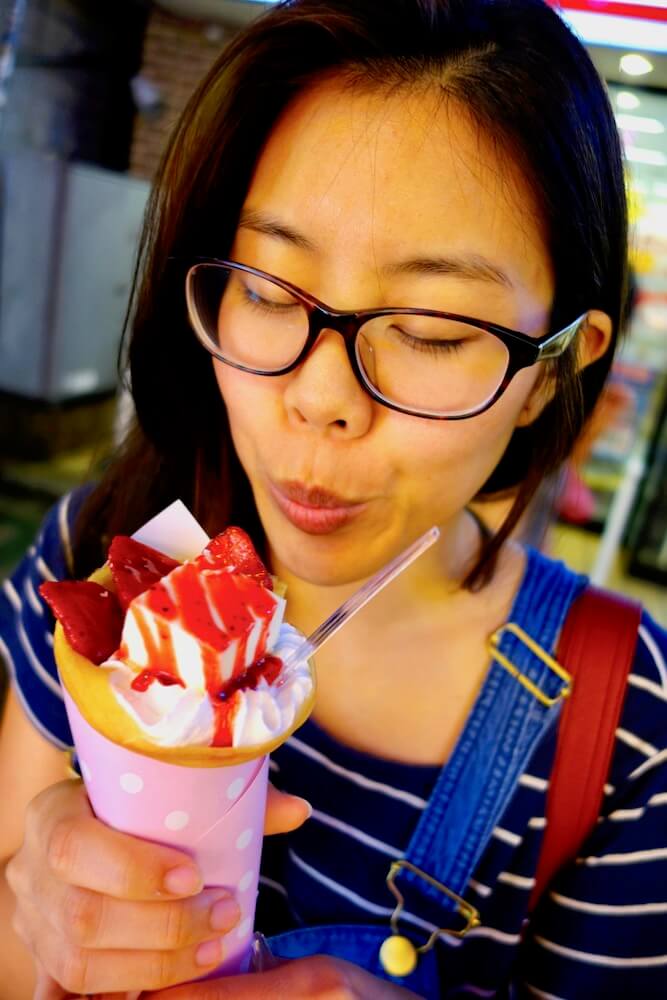
After depositing our luggage at our hotel, we set out to explore the neighbouring districts of Shinjuku, Shibuya and Harajuku!
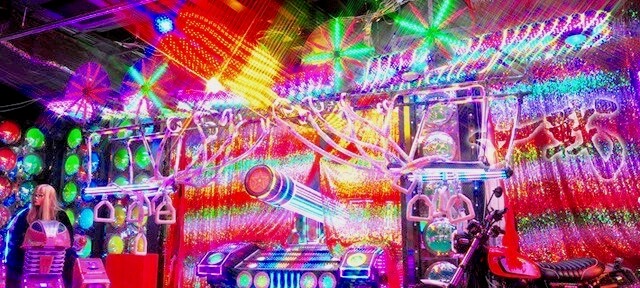
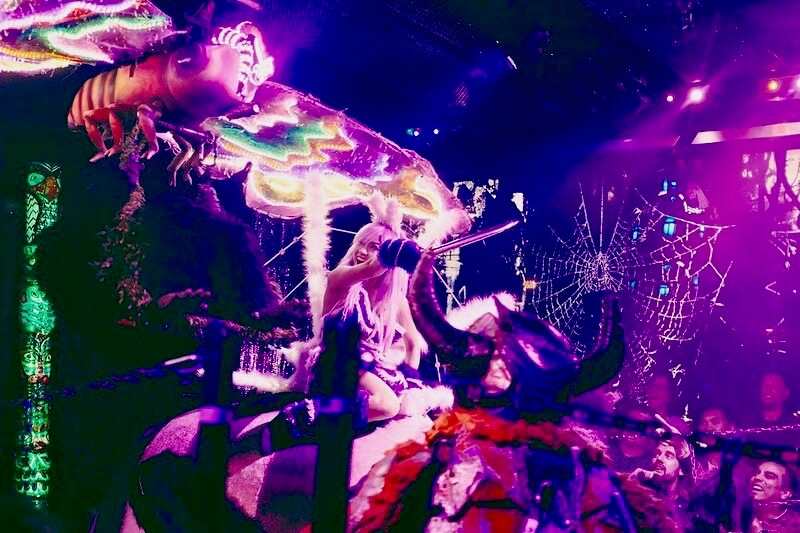
Image credit: (bottom)Zac Davies; (top) Danny Choo
We’ve heard so much about Tokyo’s quirky cafés and restaurants, hence visiting one was high up on our Japan #bucketlist. And where better to experience such wonderful Japanese bizarreness than at Tokyo’s very own Robot Restaurant?
We bought our entrance tickets from Klook, which gave instant confirmation in the form of a voucher sent right to our emails. This was really convenient as it gave us the freedom to explore without being constrained by a set show timing. All we had to do was to make our bookings online and we were all set! The Robot Restaurant has four performances at 4pm, 5.55pm, 7.50pm and 9.45pm, and do take note you have to be seated 30 minutes before the show starts.
Our Robot Restaurant experience was an explosion of neon lights and glitter, a fast-paced charade of dancers clad in shiny suits and mechanical creatures strutting about on stage. We recommend that you visit not so much for the food, but for the glimmering extravaganza that is truly a feast for the eyes.
How to get there: 85-minute journey from Narita Airport to Shinjuku station via Narita Express
Day 2 of JR Pass: Tokyo – Zao Fox Village – Tokyo
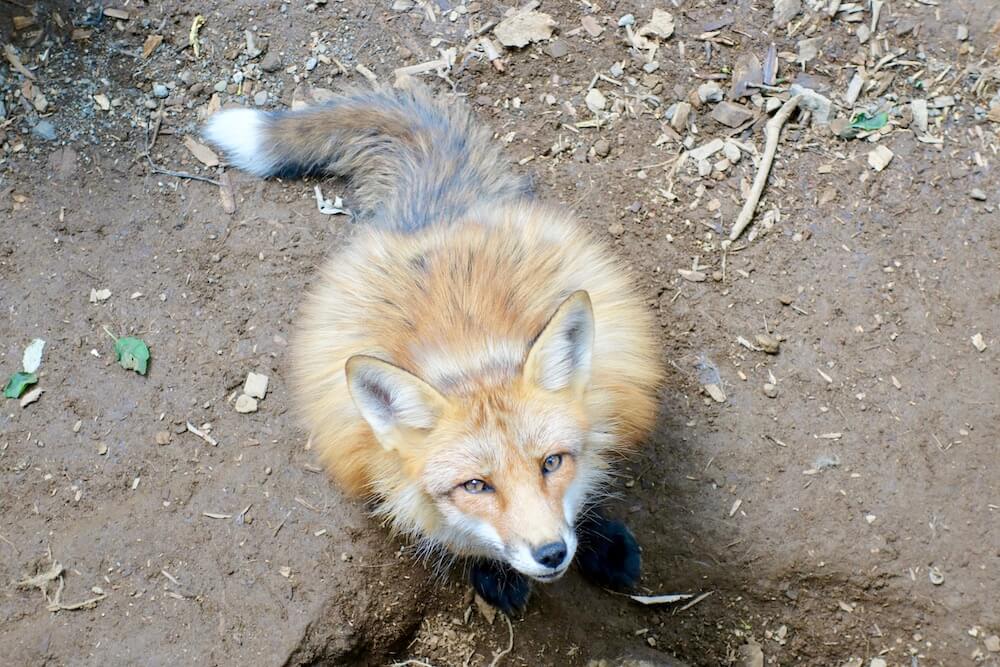
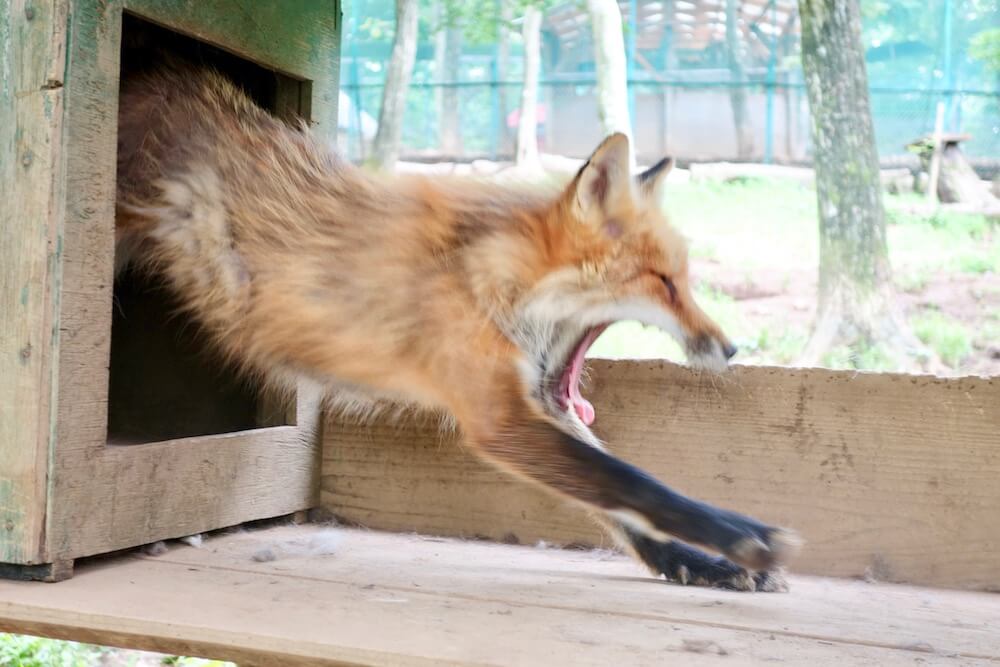
The next day, we woke up bright and early to take the shinkansen out of Tokyo for a day trip to the Zao Fox Village. We made our seat reservations for the ride the day before – if you know where you’re headed, we recommend that you reserve all of your seats at one go! Seat reservations are FREE with the JR Pass and are otherwise chargeable without. From Shiroishizao station, we took a 20-minute taxi ride up into the mountains to the village.
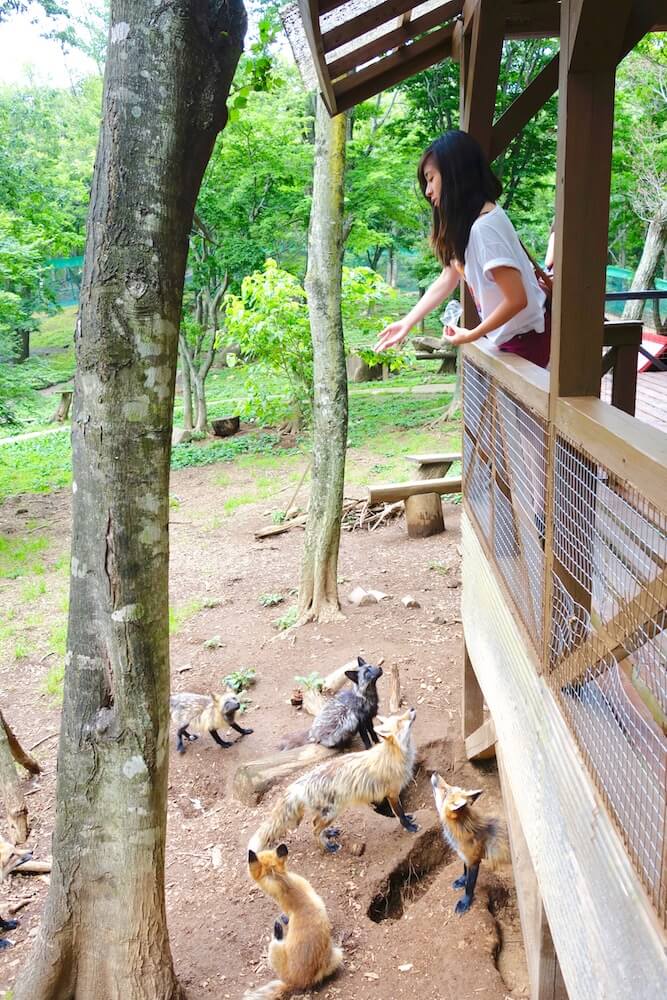
The Zao Fox Village is home to six different fox species, amounting to over 100 foxes living within the compound! Feeding is only permitted from a raised platform within the free-roaming area and packets of food are available for purchase from the reception.
How to get there: 109-minute journey (one-way) from Tokyo station to Shiroishizao station via shinkansen
Day 3 of JR Pass: Tokyo – Yokohama – Tokyo
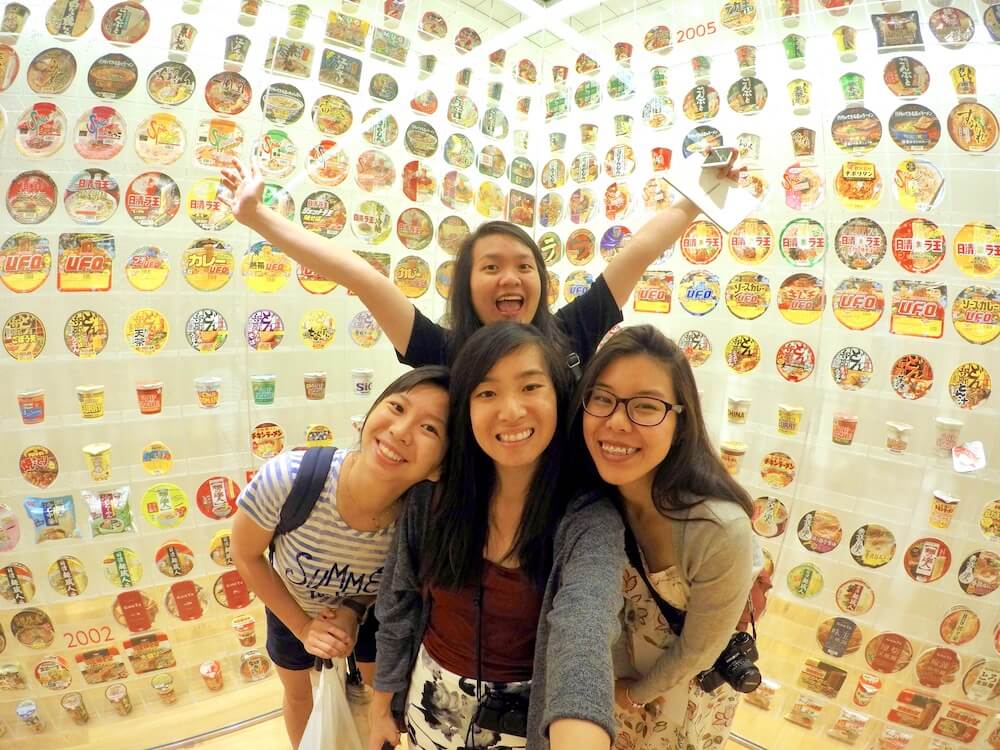
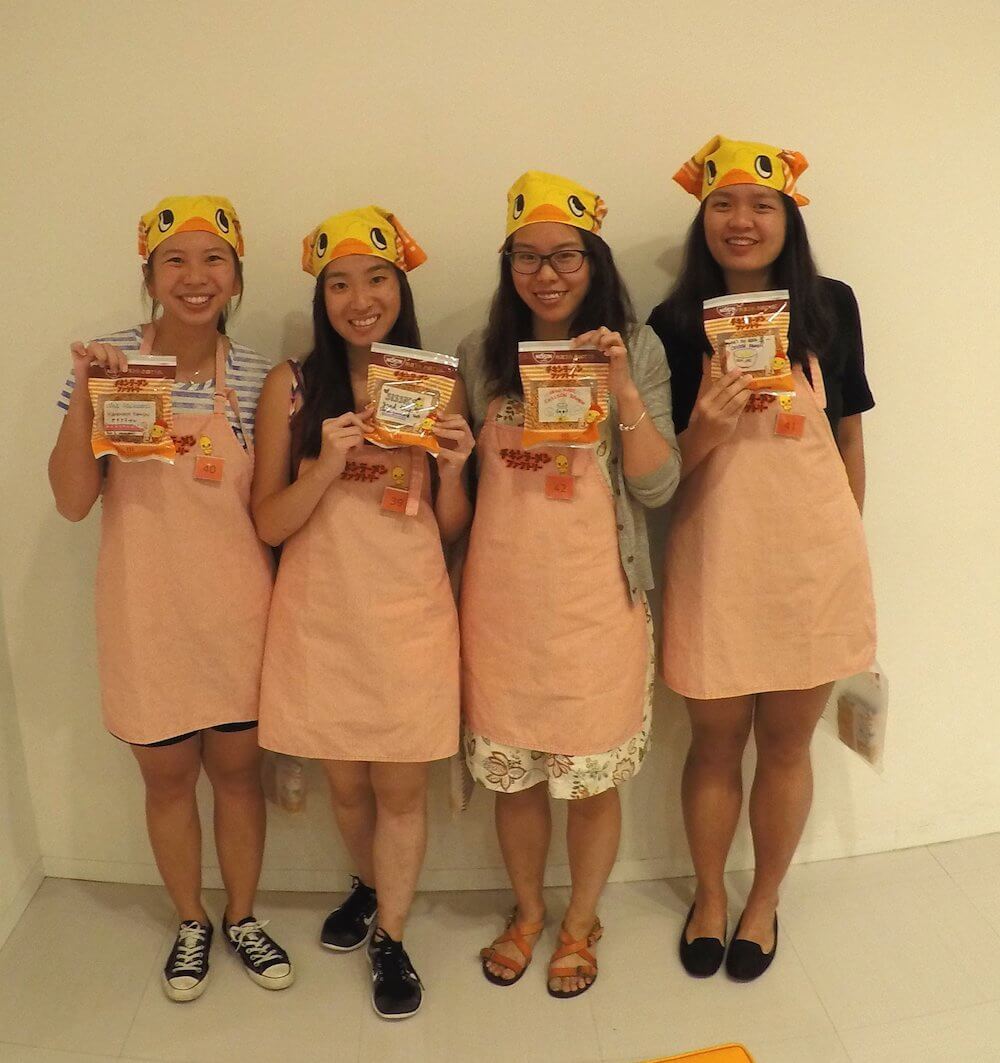
Yokohama is a sleepy port town where we spent an interesting day at the Cup Noodles Museum. Besides customising your own cup of instant noodles, a really fun activity we did was to make ramen by hand at the Chicken Ramen Factory! The classes are conducted in Japanese, but english instructions are available for foreigners. We recommend that you make your reservations in advance; secure your spot by calling 072-751-0825 or via their website.
How to get there: 26-minute journey (one-way) from Tokyo station to Yokohama station via JR Tokaido Line
Day 4 of JR Pass: Tokyo – Nikko – Tokyo
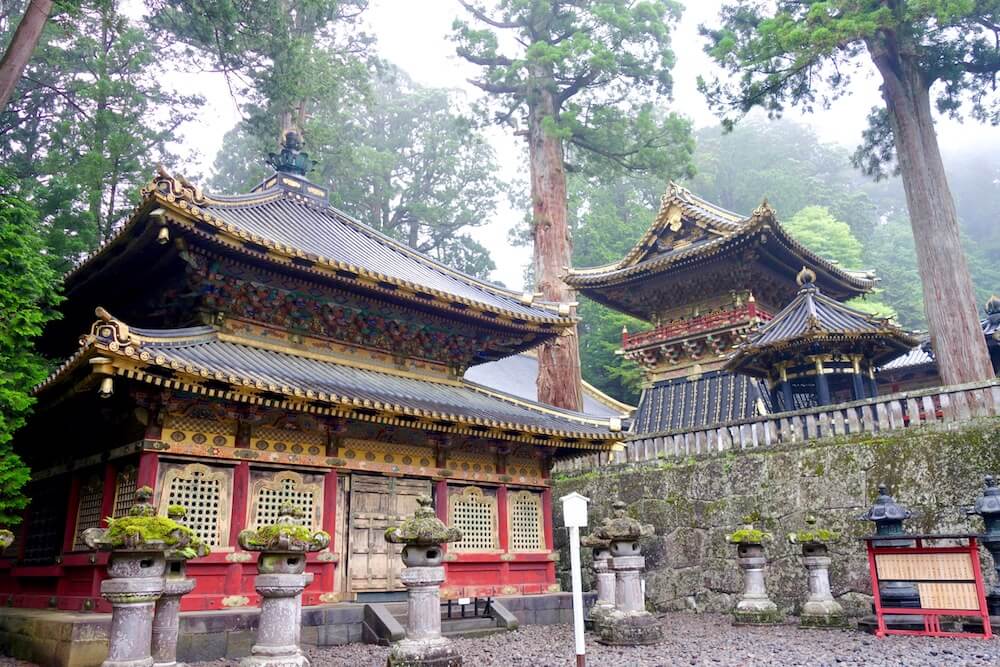
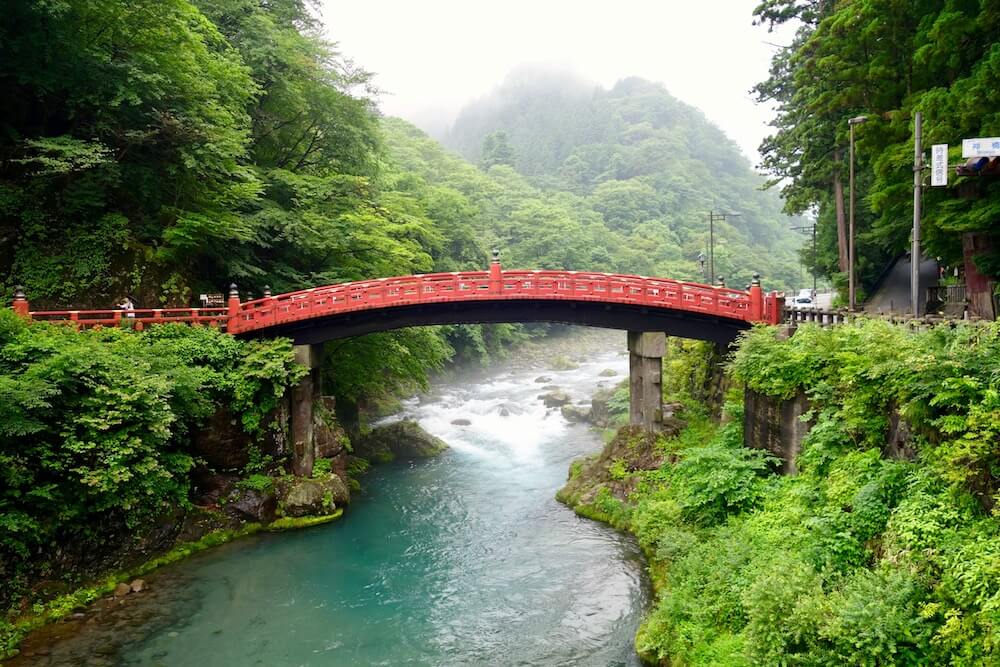
Nikko is a UNESCO World Heritage Site, which is home to multiple ornate temples nestled amidst a dense forest. It was unfortunately drizzling during our visit; however, the veil of fog that hung in the air only served to add an element of mystery to the place. Besides taking a mystical stroll through towering cedar trees, take the chance to visit Kegon Falls, Lake Chuzenji and the picturesque Shinkyo Bridge.
How to get there: 107-minute journey (one-way) from Tokyo station to Nikko station via shinkansen and JR Nikko Line
Day 5 of JR Rail Pass: Tokyo – Kamakura – Tokyo

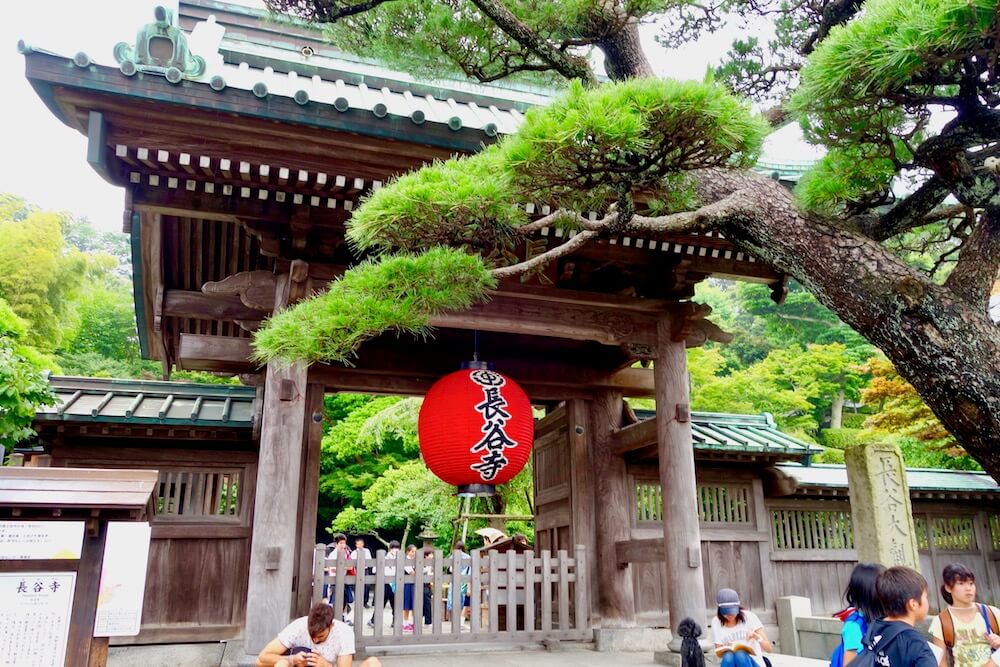
Kamakura can be reached under an hour from Tokyo and is best known for its giant Buddha statue nestled within the grounds of the Kotoku-in Temple. Kamakura is a small yet charming city steeped in history; it’s filled with numerous temples, the most notable ones being Kotoku-in temple, Hase-dera Temple and Enkaku-ji Temple. We really liked how time seemed to slow to a crawl here; we even came across many Japanese who were crafting out sketches of the various temples.
How to get there: 56-minute journey (one-way) from Tokyo station to Kamakura station via JR Yokosuka Line
Day 6 & 7 of JR Pass: Tokyo – Kanazawa – Tokyo (overnight in Kanazawa)
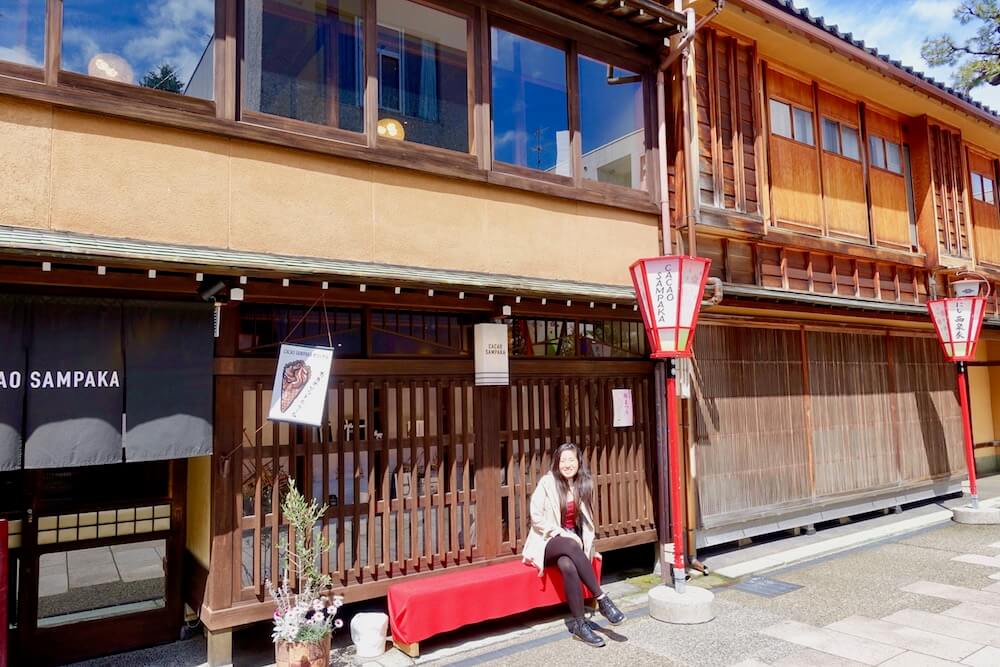
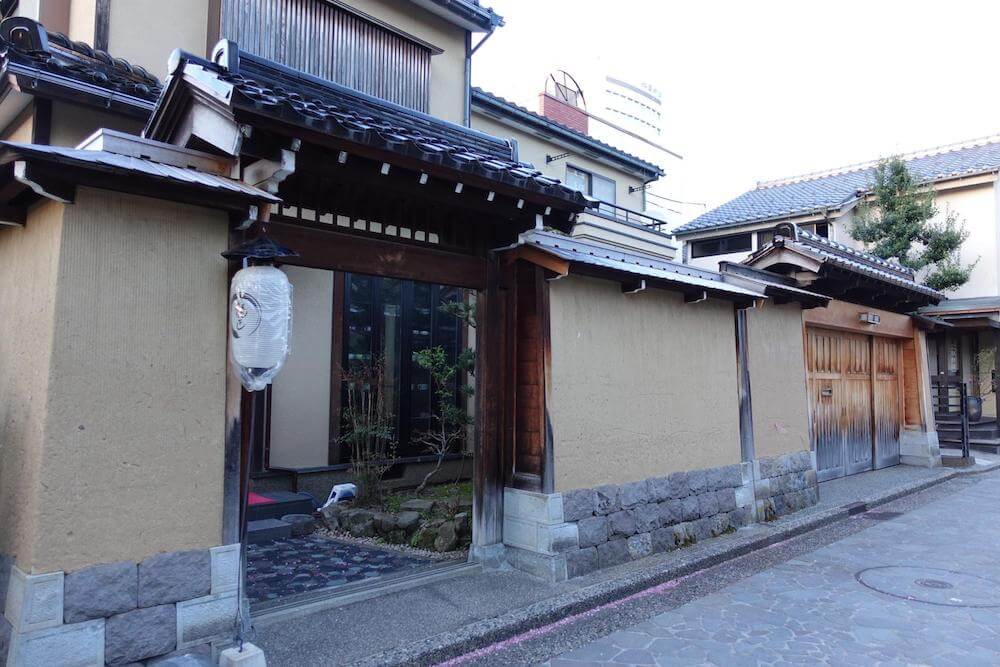
Kanazawa is known as the “Little Kyoto of Japan”, and is well worth spending a night or two in. One really unique thing that we did was to take a tour of the Myoritsu-ji (ninja) Temple! The 40-minute tour is conducted in Japanese but we were provided with comprehensive English guidebooks. We were brought through hidden tunnels, concealed passageways and secret rooms.
The picture above consists of stairs where the steps are made of paper, which allowed defenders to stab the ankles of intruders through the paper with swords!
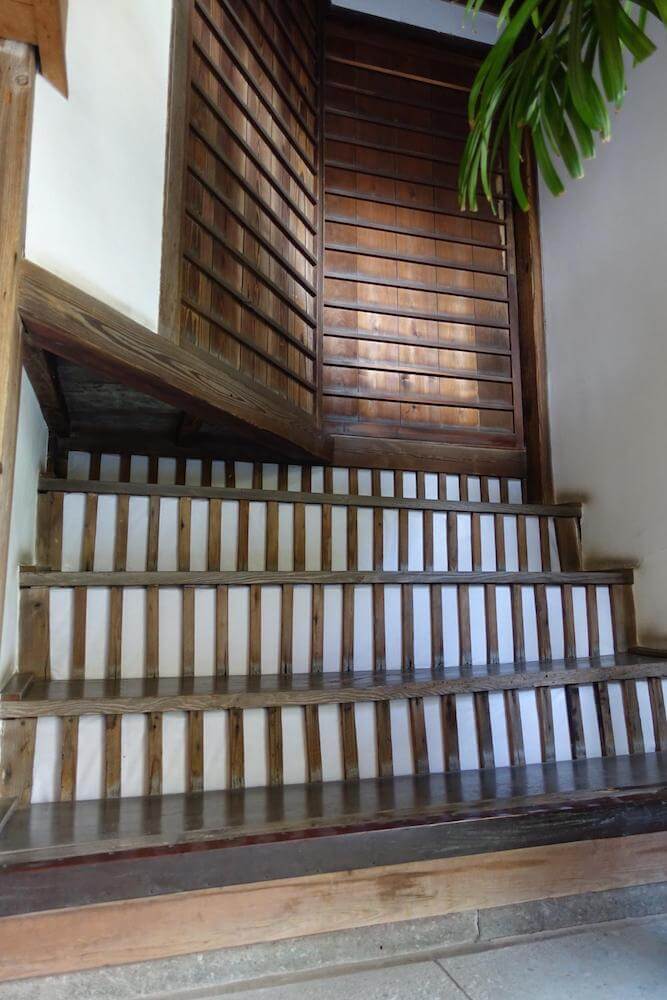
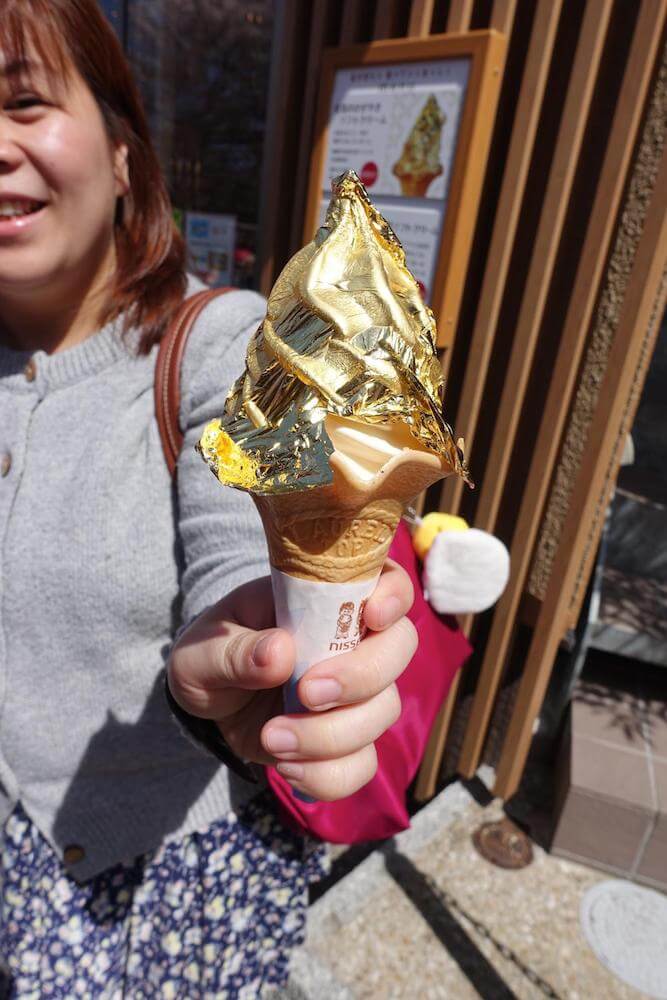
Interestingly, ninety-nine percent of Japan’s gold leaf production is made in Kanazawa. You’ll be able to find lots of gold-leaf products along the street, including an edible version wrapped around a soft-serve cone.
How to get there: 176-minute journey (one-way) from Tokyo station to Kanazawa station via shinkansen
If you can’t get enough of Tokyo, extend your trip and enjoy the city after your JR Pass expires! Bring out your inner kid by visiting Disneyland and Disneysea, or take lots of Insta-worthy photos with a kimono experience. There are lots of things to do in Tokyo, so take your pick!
Breakdown of costs for above itinerary:
7-Day JR Pass VS point-to-point tickets
- 7-Day JR Pass: USD243 (~S$344)
- Point-to-point tickets:
- Narita Airport – Shinjuku: ¥3,190 (~S$39)
- Tokyo – Zao Fox Village – Tokyo: [2 x ¥10,350 (~S$127)] = ¥20,700 (~S$255)
- Tokyo – Yokohama – Tokyo: [2 x ¥470 (~S$6)] = ¥940 (~S$12)
- Tokyo – Nikko – Tokyo: [2 x ¥5,580 (~S$69)] = ¥11,160 (~S$138)
- Tokyo – Kamakura – Tokyo: [2 x ¥920 (~S$11)] = ¥1,840 (~S$22)
- Tokyo – Kanazawa – Tokyo: [2 x ¥14,120 (~S$174)] = ¥28,240 (~S$348)
- Total: ¥66,070 (~S$814)
Total cost savings : S$814 – S$344 = S$470 with the JR Rail Pass
=

0 Comments Add a Comment?